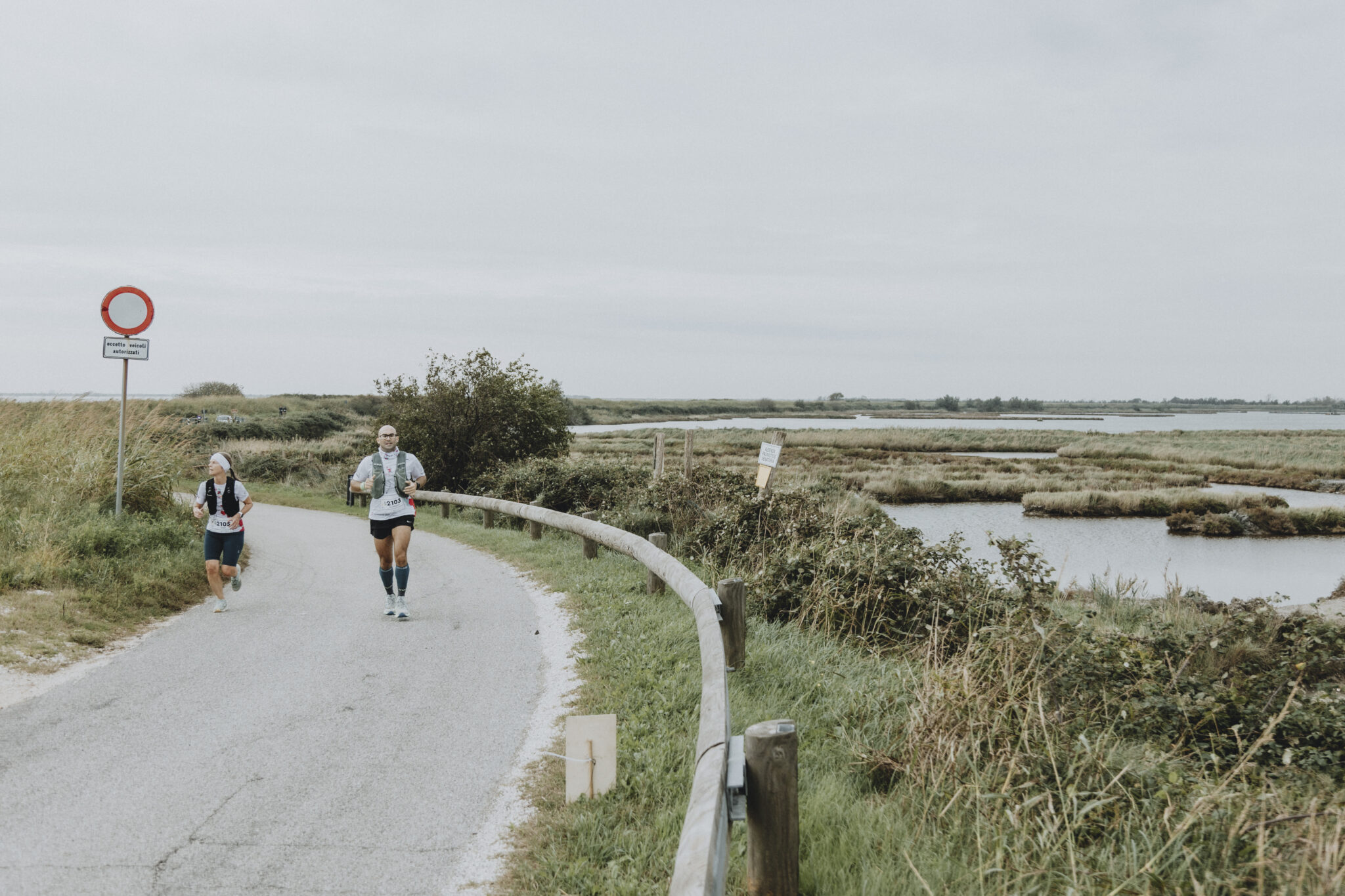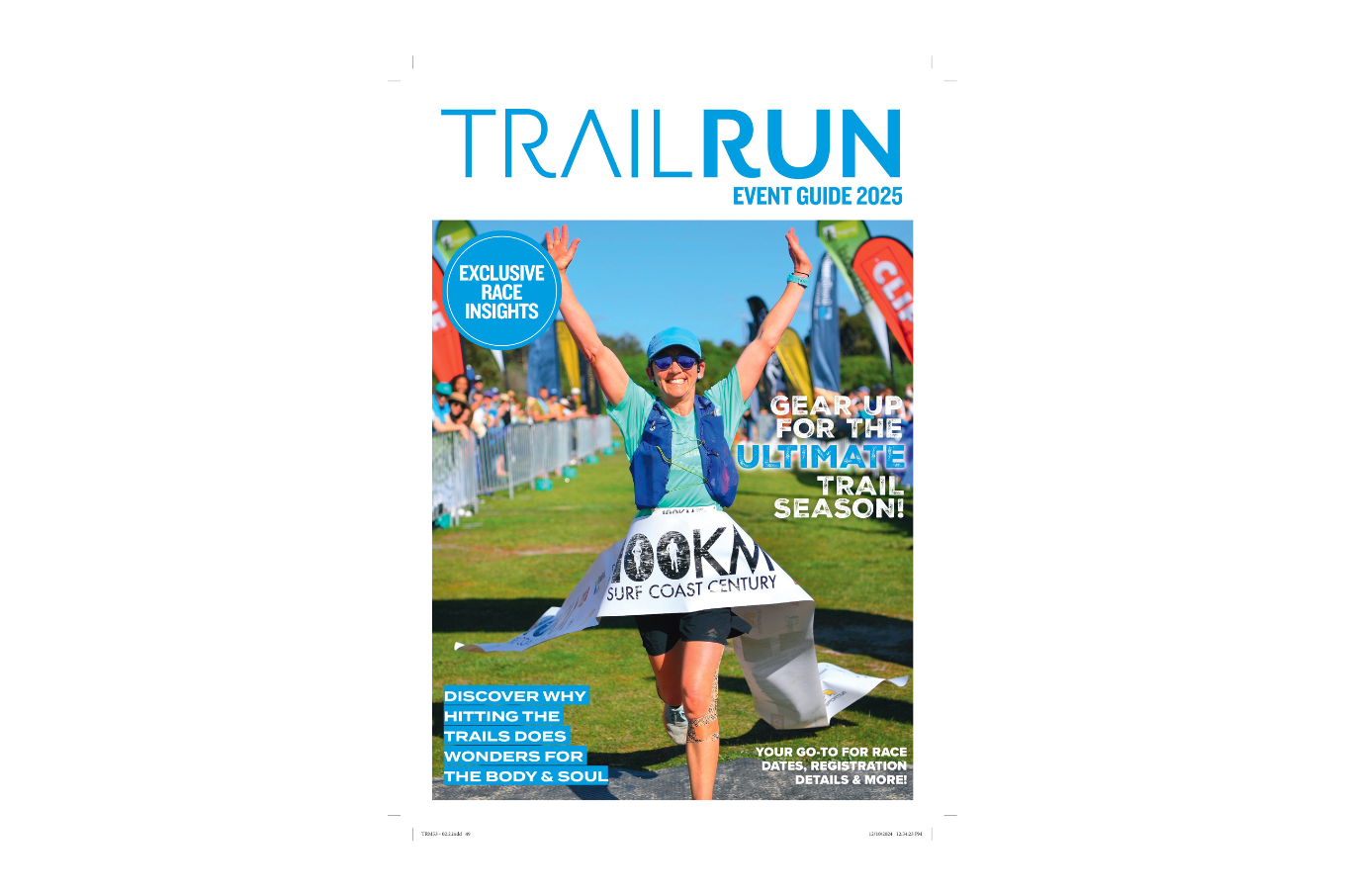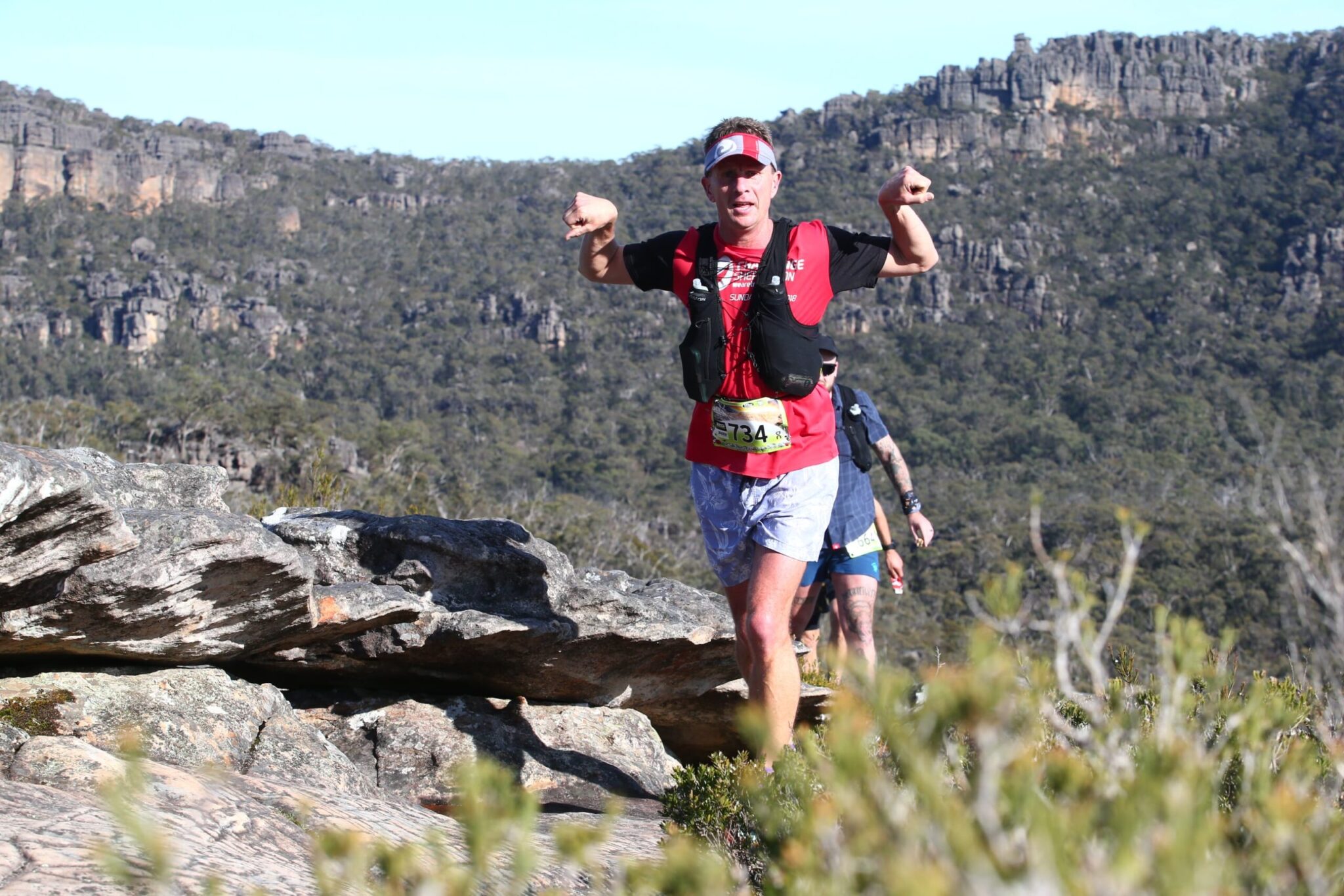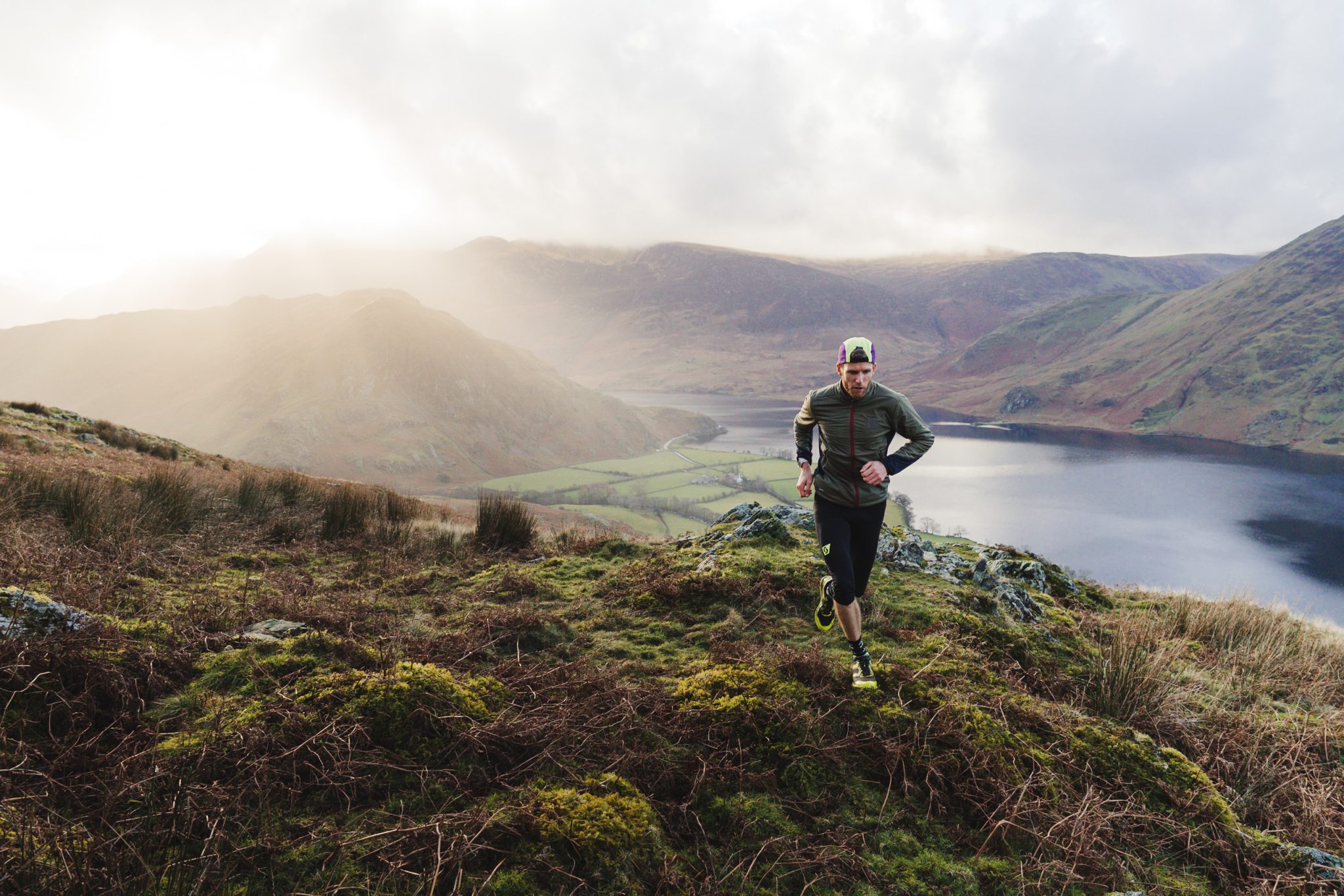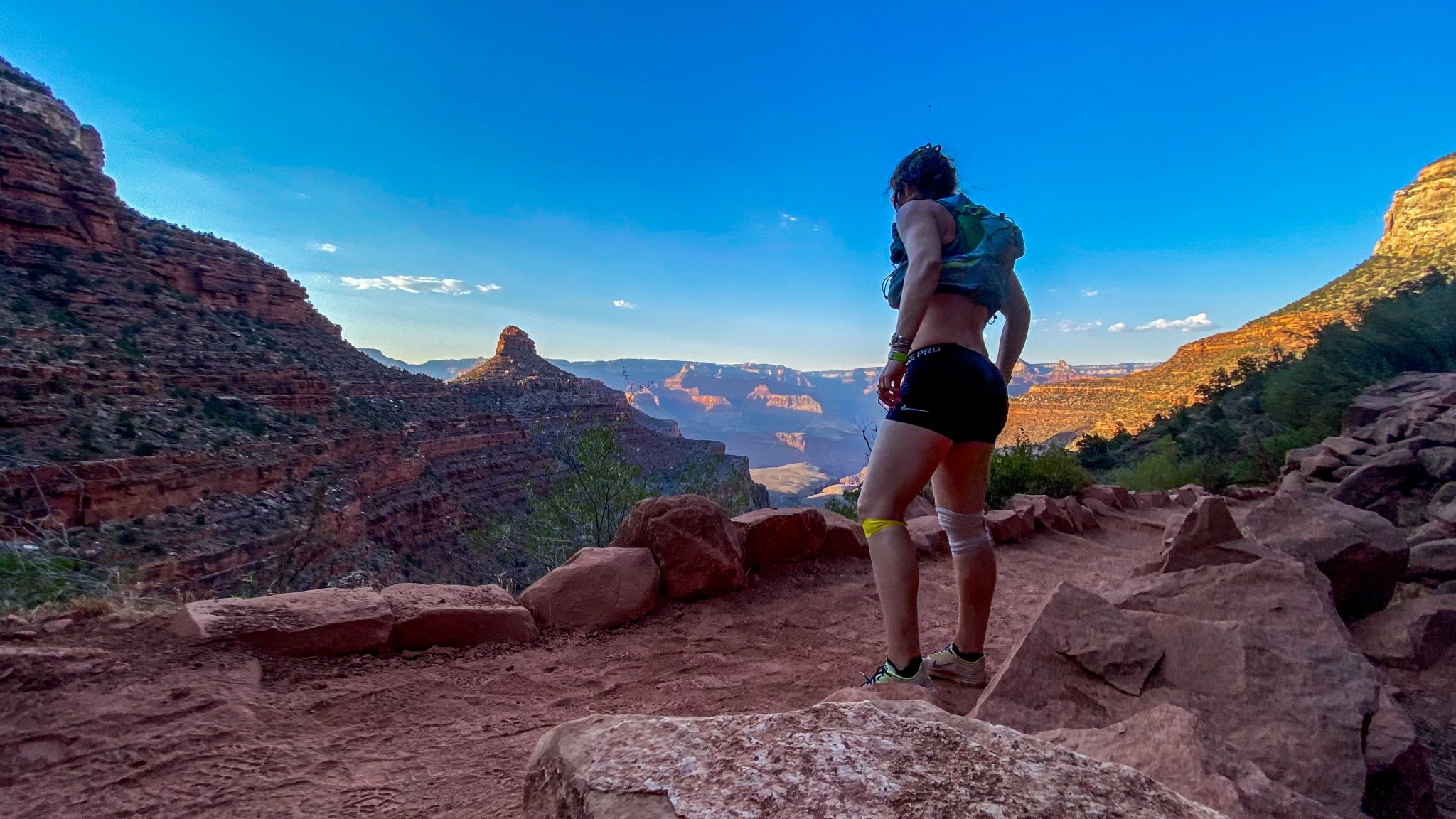 Fact: Aussie Rules Football and the logging industry played pivotal roles in the genesis of trail running. At least, in Victoria they did. And the evidence can be found under the fallen foliage of giant fern trees and towering gums in the mountains nary 80km east of Melbourne.
Fact: Aussie Rules Football and the logging industry played pivotal roles in the genesis of trail running. At least, in Victoria they did. And the evidence can be found under the fallen foliage of giant fern trees and towering gums in the mountains nary 80km east of Melbourne.
In history books detailing the early 20th century history of the Upper Yarra Valley, under the chapter ‘Hard Men, Harder Work, Hardest Wilderness’, you’ll find stories of loggers who endured dangerous work felling and milling giant trees – some of the biggest recorded on the planet – in some of the roughest, steepest, leech-infested country imagined. Six days a week they toiled, chopping and sawing timber, loading it onto bush trams that trundled down mountainsides, headed ‘down the line’ on steam trains that had their terminus at the small logging town of Warburton.
Every Saturday, workers would down tools early, grab their footy kit bag and, in order to make the opening siren present and accounted on a forward flank or otherwise, they would run the 10-15 kilometres down into the valley and back into town, just to get a game of footy. There are no records detailing if any ran back the same day having played four quarters, but with a licensed publican in town, it would be fair to bet that most left their return to the working slopes until after Sunday church.
The sawmills among the mountains are now long gone, with scant metal cog remnants being slowly engulfed by rampant ferns and moss. But the legacy of those hardened footballers – arguably some of Australia’s very first trail runners – remains. The tramways on which they shunted huge trees, and the trails that were their highways back to civilisation, today prove excellent singletrack ripe for the pacing.
 Indeed, not only were these trails the Enchanted Forests of my own childhood – I grew up in Warburton – they were also (unknowingly at the time) the genesis of my own trail running affair. So too, strangely, was Aussie Rules. Like the loggers before me I played on the local footy team – the ‘Burras’ in honour of the choir of Kookaburras that would laugh their heads of whenever I got touch of the ball (true story). Unlike the latter day loggers, I did not have to run 10km to take up my place every Saturday (maybe if I did I would have kept my slot as a running ruck rover, short-lived as it was). However, the trails that shoulder the Yarra River through town and climbing up the mountain slopes that envelop it were regular hosts to training run sessions aimed at readying us for the perils of country footy (run fast and nimble or get hit, hard and fast).
Indeed, not only were these trails the Enchanted Forests of my own childhood – I grew up in Warburton – they were also (unknowingly at the time) the genesis of my own trail running affair. So too, strangely, was Aussie Rules. Like the loggers before me I played on the local footy team – the ‘Burras’ in honour of the choir of Kookaburras that would laugh their heads of whenever I got touch of the ball (true story). Unlike the latter day loggers, I did not have to run 10km to take up my place every Saturday (maybe if I did I would have kept my slot as a running ruck rover, short-lived as it was). However, the trails that shoulder the Yarra River through town and climbing up the mountain slopes that envelop it were regular hosts to training run sessions aimed at readying us for the perils of country footy (run fast and nimble or get hit, hard and fast).
No wonder then, as I start trotting out twenty or so years later from the very same oval on which I so perfected the art of ‘invisible man football’ (no one knew I was even on the field), I start to reminisce. The smell of damp fern aromas fills my senses. I am transported back to my youth, but with the rose-coloured perceptions of an adult drunk on eucalypt-tinged nostalgia.
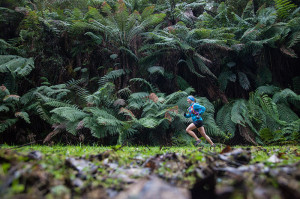 I’ve returned not to bathe in the mud and blood-bath memories of my feeble footballing days, rather to recce-run a bunch of trails that, come this November, will again feel the footpadding of runners. Only this time, they won’t be running to a footy match. They’ll be running for fun. And they won’t be running just 10 kay or so. Rather they will run up to 100km, over three days, in the inaugural Victorian Trail Running Festival (1-3 November).
I’ve returned not to bathe in the mud and blood-bath memories of my feeble footballing days, rather to recce-run a bunch of trails that, come this November, will again feel the footpadding of runners. Only this time, they won’t be running to a footy match. They’ll be running for fun. And they won’t be running just 10 kay or so. Rather they will run up to 100km, over three days, in the inaugural Victorian Trail Running Festival (1-3 November).
For event owner, Greg Donovan, the concept was simple and in keeping with his other events such as the Big Red Run: find a beautiful part of the world where there was enough trails to run for three days; set up a camp to encourage an community vibe where celebrating the trail running lifestyle is as core to the experience as trying to dry your muddy sock by the fire will be.
Not far from my first childhood home, the camp paddock he has chosen as base for the event sits aside the Yarra River and in a bowl of towering Eucalypt that step up the mountain on all sides. It is where I will finish my first recce (and the Festival’s Day One) run: a 34km loop with two out and back sections, mostly routed along an old concrete aqueduct, set high above town on the northern valley slope.
 Starting from near the footy oval, the course traces the river before edging up the valleyside through the grounds of what was originally a Sanatarium when it opened in 1912, and was then variously a drug and alcohol rehabilitation centre, a wellness centre, and a fully-fledged emergency hospital. As a kid, I never met any of the recovering drinkers there but I did have plenty of stitches sewn over cut knees (an early clue to my running co-ordination) in the hospital and I admit to breaking into the indoor basketball court and heated pool as a teenager. If nothing else, Warburton is freezing in winter, so the November timing for the festival is a smart choice.
Starting from near the footy oval, the course traces the river before edging up the valleyside through the grounds of what was originally a Sanatarium when it opened in 1912, and was then variously a drug and alcohol rehabilitation centre, a wellness centre, and a fully-fledged emergency hospital. As a kid, I never met any of the recovering drinkers there but I did have plenty of stitches sewn over cut knees (an early clue to my running co-ordination) in the hospital and I admit to breaking into the indoor basketball court and heated pool as a teenager. If nothing else, Warburton is freezing in winter, so the November timing for the festival is a smart choice.
Above the hospital grounds, runners quickly reach an old aqueduct. Built from 1911-15, it once streamed drinking water from O’Shannessy Dam (after which the aqueduct is named) downtown to Surry Hills. Today, it is covered in moss and dry, a concrete remnant of old-school water transportation (perhaps it was the constant dead wombat carcasses caught in grates and spoiling the water supply that made them finally shut it down, although not until 1997).

Here, Greg and his Race Director, Adrian Bailey (of Shotover Moonlight Mountain Marathon fame) runs competitors out east along the mostly flat double track trail that parallels the aqueduct. Although a ‘road’ as such, it remains a wild experience as the track weaves in and out of the mountainside contours. Above are walls of ferns and messmate stands, rising up towards Mts Victoria, Boobyalla and Donna Buang above. The latter is a well-known target for many trail runners and trekkers looking to get some vert training into their legs. A trail darting up from the township rises steeply with a total ascent profile of approximately 1400 metres in 7.5km. Not a worry for those running the Festival’s first day as the course turns around out past East Warburton, heading back above the Warburton township for another out and back to a magnificent lookout just above the township of Millgrove.
On the return leg of the recce run, the night closed in and I was reminded of yet another link Warburton has with my trail running life, this one notched after I had left town and as an adult. The Oxfam Trailwalker also uses this same aqueduct in the latter stages of its Melbourne edition. Running my first (and to date only), I reached the aqueduct stretch above Warburton in the pitch of night, exhausted, hurting, and to be honest, not 100% compos mentis. Checking my mobile phone in the dark while continuing the continuous forward motion thing (lest I collapse), the earth suddenly opened up beneath me. With stars in my head and grazes on all limbs, I came to realizing I had in fact stepped straight off the edge and fallen into the dry aqueduct. Nearly ninety kilometres into the Oxfam, and on my last legs, it was the last thing I needed.
 But now my legs were in full swing, with only 28km in them and my Ay Up headlamp brilliantly lighting up the danger of the aqueduct drop to my left. Instead I dropped down the Donna Buang Trail that the vert-freaks love so much, negotiating the slip-n-slide mud fest, to run back into the centre of Warburton, picking up the brilliant singletrack that weaves alongside the Yarra River, which I follow to the far end of town and the paddock cross river. As a starter day and distance, it’s a sweet introduction to what the Festival is all about: enjoyable running.
But now my legs were in full swing, with only 28km in them and my Ay Up headlamp brilliantly lighting up the danger of the aqueduct drop to my left. Instead I dropped down the Donna Buang Trail that the vert-freaks love so much, negotiating the slip-n-slide mud fest, to run back into the centre of Warburton, picking up the brilliant singletrack that weaves alongside the Yarra River, which I follow to the far end of town and the paddock cross river. As a starter day and distance, it’s a sweet introduction to what the Festival is all about: enjoyable running.
Day two of the recce, and of the event, is the Big Day. This is the marathon effort that has runners being transported over the other side of the southern range, via Powelltown (another old logging town, the old mill there still hanging on to existence). The race directors lull you into a false sense of security…
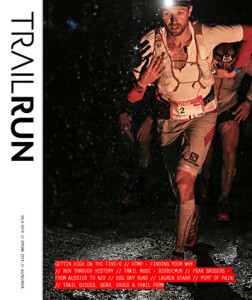 This article continued in Edition 14, which you can download for FREE now, here.
This article continued in Edition 14, which you can download for FREE now, here.
Check out the VICTORIAN TRAIL RUNNING FESTIVAL – three days of awesome running, in beautiful mountain country only an hour outside Melbourne. ENTRIES ARE DUE NOW. It’s three days but achievable distances, and a great introduction to what multi day running – and the great community vibe it engenders – is all about!

